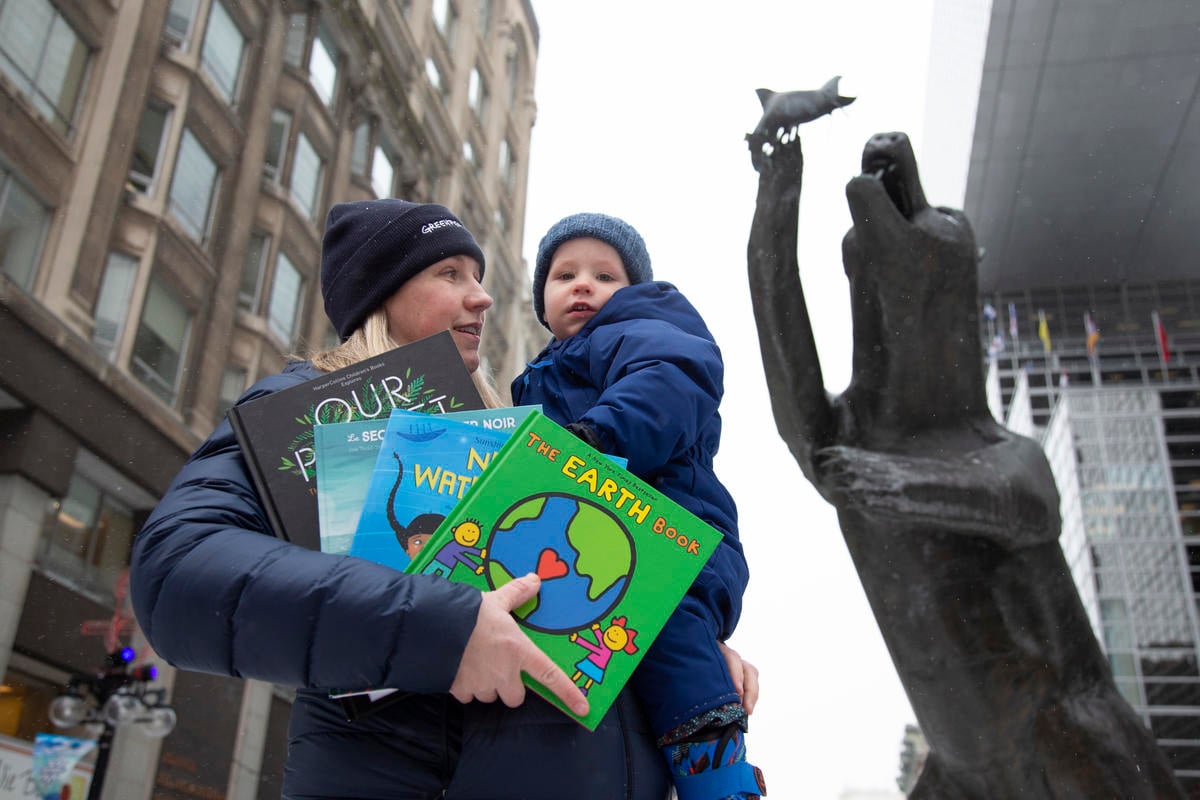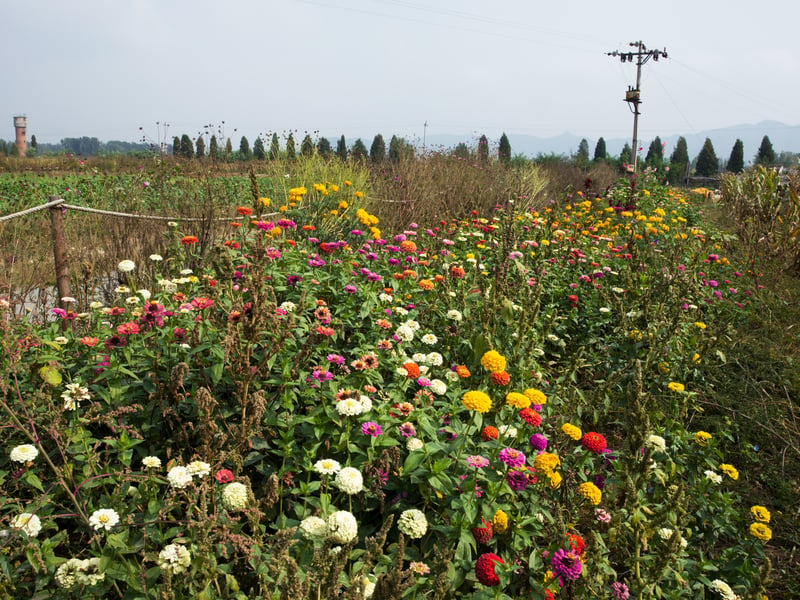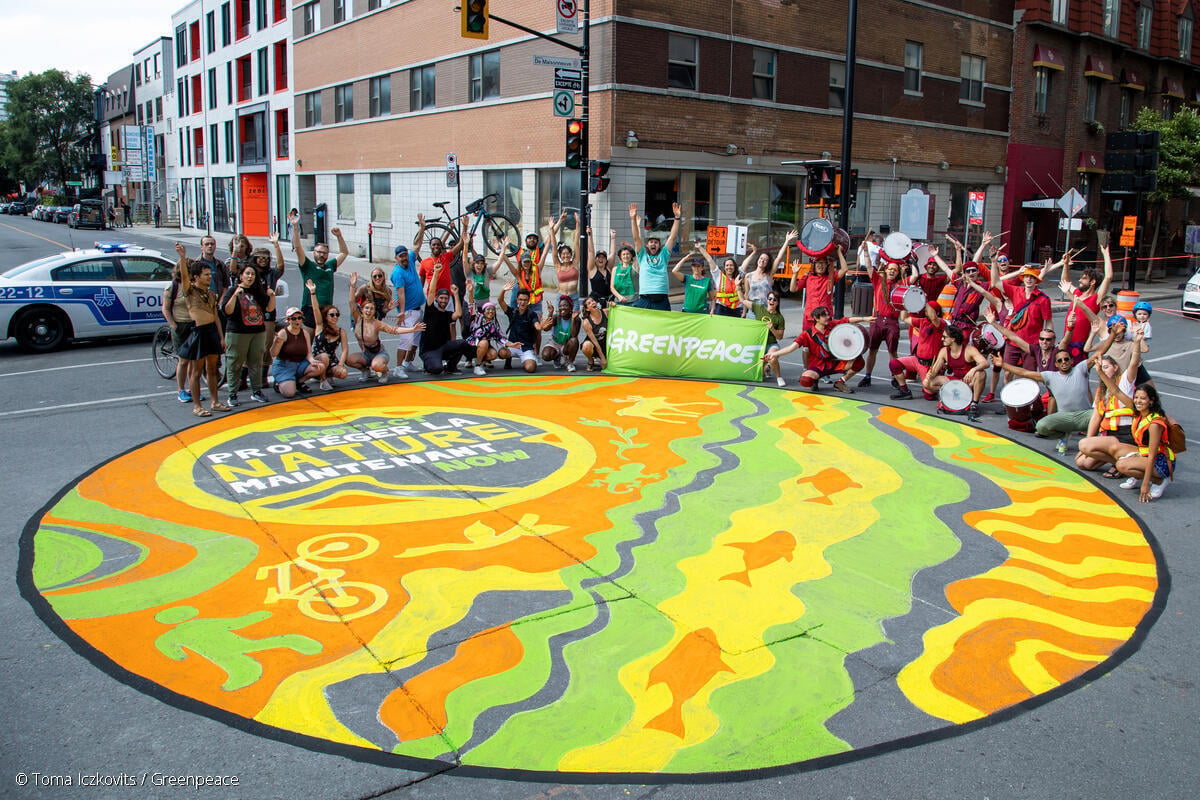We often celebrate International Forest Day with a nature getaway, but this year many of us won’t be able to. For me it is a strange feeling and makes me feel even more deeply the importance of the connection with the forest and nature.
Over the last few months we have seen many of the world’s forests burn and we have witnessed the hard work of thousands of people to save them and protect biodiversity. Our global awareness of the fragility of these areas has increased.
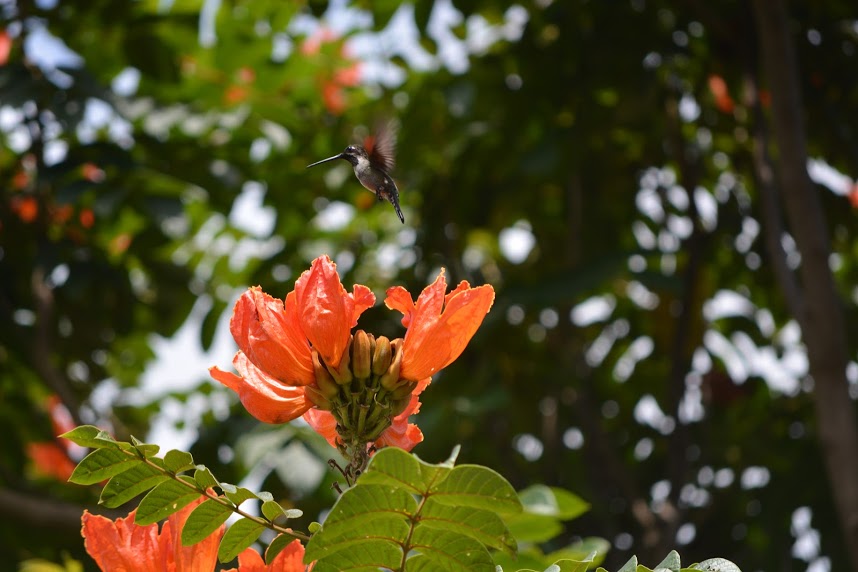
The work of conservationists on the front line
On this International Forest Day 2020, it seems to me more important than ever to highlight the daily struggle of millions of peoples around the world who protect forests, especially the Indigenous peoples who are at the forefront all around the world – whether in Latin America, Indonesia, Africa or Europe. Even here in Canada. Many people are standing up to oppose clearcut logging, devastating extractive development projects and the loss of biodiversity.
In the Amazon, Forest Guardians are getting organized!
In 2018, I travelled through the Amazon rainforest and saw the courage of Indigenous Peoples there: the true guardians of the last frontiers of this forest. My journey took me from Brazil to Ecuador. The first Indigenous territory I visited, Alto Turiaçu in Brazil, is protected by the Ka’apor people. They have set up a Forest Guardians programme. Their entire community is protecting the region’s rich biodiversity, in the face of destructive logging and big agricultural companies that are eating away at the forest. Several community members have been trained and are working courageously every day to monitor the area. In 2014, they even took spectacular action that resulted in the arrest of illegal loggers.
The results of their work are so impressive. A few days later, when I met anthropologist Manoel Ribeiro Ruth Moraes, from the Federal University of Pará in Belem, he showed me a map worth a thousand words. Here it is:
Manoel Ribeiro has been studying the area for a long time and explained that the greatest defenders of the Amazon are the Indigenous Peoples. But he adds that for these peoples to continue this work of preservation, it is essential to recognize their territorial rights. According to Manoel, the survival of the forest depends on it. But at the moment, several countries, particularly Brazil, have gone backwards in terms of land rights. “It is more important than ever for people to be aware and hold governments accountable, whether in Brazil or elsewhere, to value the rights of these peoples,” Manoel explained.
The A’i Kofan of Ecuador
Three months later, I met the A’i Kofan, another Indigenous People more than 7,000 km away, on the other side of the Amazon. The A’i Kofan have also set up a Forest Guardian programme in the heart of the Ecuadorian Amazon. In their case, they organize themselves to resist the mining industries that enter their territories and chew up riverbeds with heavy machinery in order to extract minerals.
The region’s watersheds are contaminated by these activities and by the many chemicals used, which then flow into the great Amazon basin. Mercury contamination is very high among local residents. Several of them, including the A’i Kofan, have formed an important alliance to protect the Ecuadorian Amazon: the Alianza Ceibo.
As many environmental defenders lose their lives, it is all the more important to highlight the courage of the guardians of the forest. In Brazil, in the Guajajara indigenous community alone, there have been 48 murders in less than 20 years, the highest rate in the region. You may have heard of Paulino Guajajara, who gave his life for the forest. At the age of 26, he became the fifth Forest Guardian to be murdered in three years in his community in the state of Maranhao in northeastern Brazil. These numbers are alarming to say the least.
Here too our forests are threatened
Our forests in Canada are also under enormous industrial pressure and biodiversity is in decline. We can all think of the Wet’suwet’en People’s struggle to protect their territory. And in Quebec’s Val d’Or, an iconic woodland caribou herd has now dwindled to an estimated 7 remaining individuals in their degraded boreal forest. Despite the Lac Simon First Nation’s many prescient warning over the years, real solutions to protect the herd and its habitat have not been put in place.
To face the multiple crises surrounding us, we must follow the example of environmental defenders. The forests of biodiversity that surround us will allow us to build a healthy and sustainable future together, for generations to come.
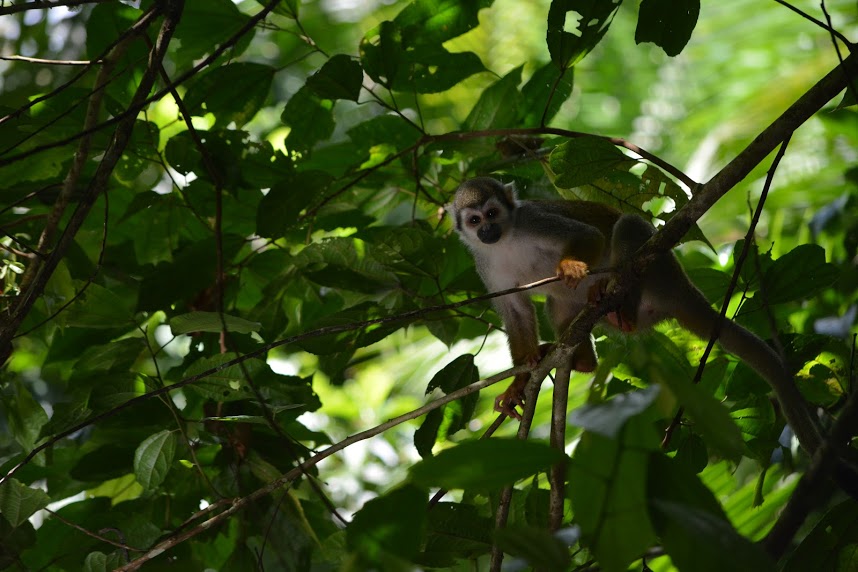
Photos: Marie-Josée Béliveau


